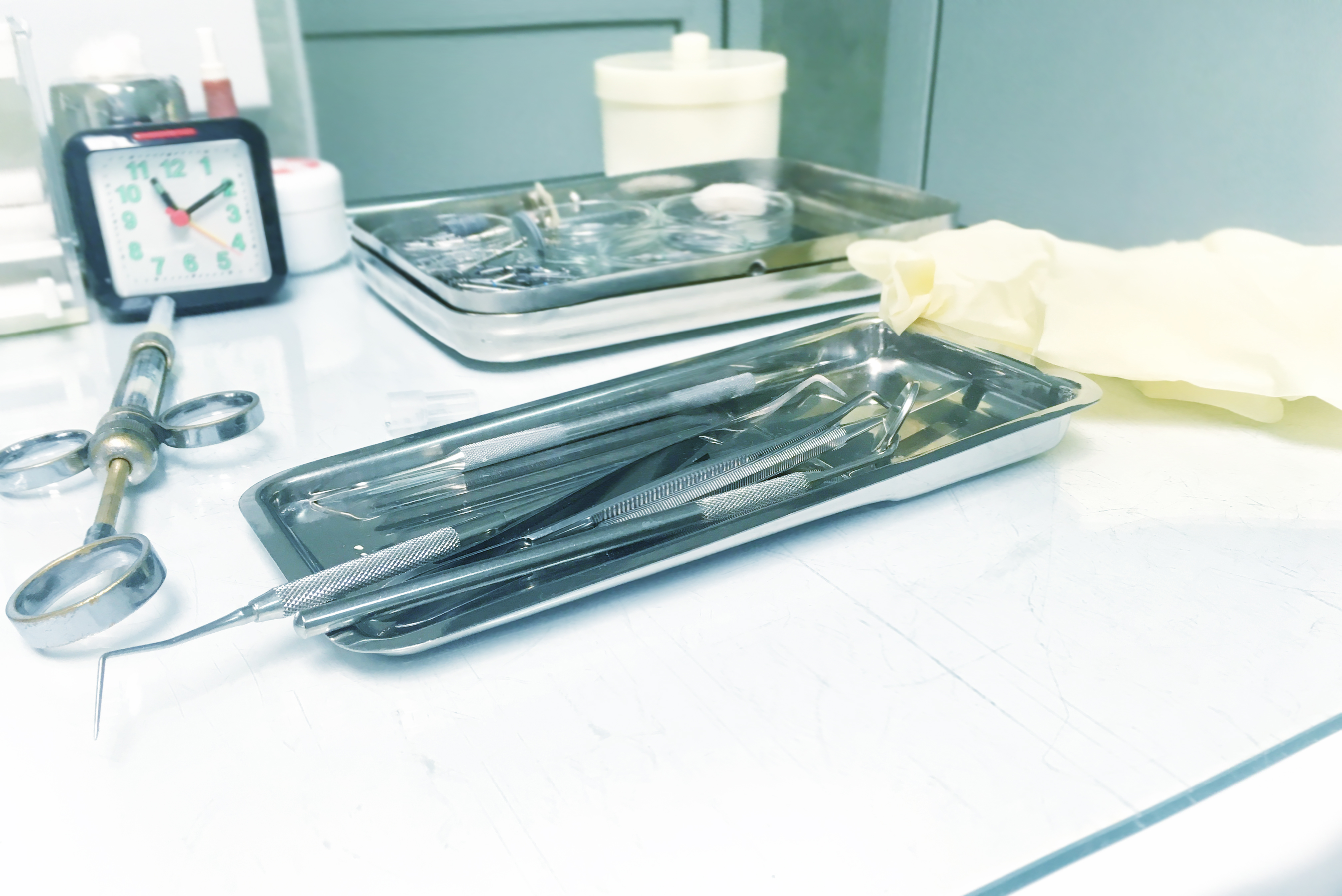Health and Stainless Steel
Pdf download
Stainless steel is widely used in hospitals, clinics and laboratories. This is due to several factors including: its non-porous surface, which prevents the accumulation of bacteria and facilitates disinfection, its resistance to corrosive agents, its durability and versatility, which allows the creation of a wide range of medical equipment and devices.
It is interesting to know that depending on the chemical composition of the alloy, we will obtain one grade of stainless steel or another, and that each one of them has different behaviour for each situation:

- Austenitic stainless steels
They are the most commonly used in medical equipment. Grade 304 is known for its resistance to corrosion and ease of cleaning, which allow its use in structures and surfaces in direct contact. For example, the structure of wheelchairs, the handrails of corridors...
In applications with higher demands, such as sterilisers and operating tables, grade 316, which incorporates molybdenum for improved corrosion resistance, is preferred. Both grades are non-magnetic, which is essential in surgical environments.
On the other hand, austenitic grade 316L is common in prostheses and fixation systems because of its corrosion resistance and biocompatibility. This material is used in screws and other elements that require high durability and safety when in contact with the human body.
- Martensitic steels for cutting instruments
For instruments requiring high hardness, such as scalpels, scissors and tweezers, martensitic steels grades 420 and 440 are used. These steels have high carbon content which allows heat treatment to increase their hardness, while maintaining the cutting edge and strength required for medical and dental applications.
Thanks to its properties, stainless steel is still the reference material in the medical sector, combining safety, resistance and easy maintenance for the most demanding environments.